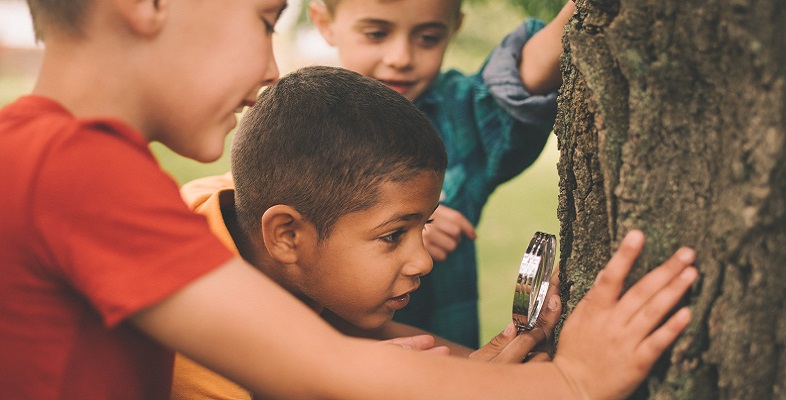4 Using models in science
Science develops and uses models which are simplified representations of the real world. Concept maps are a type of model that aid and show our understanding. Other models allow us to make predictions. In the following activity, you will think about models in general, before revising some of your subject knowledge about electricity and evaluating two models that could be used with primary-aged children.
Activity 12 Scientific models
1. What purposes do models have in science? Give some examples of scientific models to illustrate your explanation. Can you identify some limitations of the models you identify?
Answer
Possible examples include:
- A scale model of a wind tunnel to test the impact of an aeroplane’s shape on its flying efficiency.
- A crash dummy enables us to examine the impacts of a crash on a human body.
- Computer models used to predict the weather.
- Animals used as models for testing medicines.
Models have limitations though. For example: animals are not the same as humans and do not always react in the same way; car crash dummies don’t move and are not constructed like humans.
2. Briefly explain what is meant by the following terms.
| electric current | |
| conductor | |
| insulator | |
| series circuit | |
| voltage | |
| resistance |
Answer
| electric current | An electric current is the flow of electric charge, often carried by electrons in wires. |
| conductor | A conductor is a material that will carry an electric current. Metals are good conductors. |
| insulator | An insulator is a material that will not carry an electric current. Plastics, wood, ceramics are good insulators. |
| series circuit | A circuit has a set of components linked by wires which allow an electric current to pass through them. A series circuit is one in which the bulbs and other components are in line and the electric current passes through each, one after another. |
| voltage | Voltage, also called electromotive force or potential difference, is the size of the difference in the charge between two points in an electrical field. It’s a measure of how much ‘push’ there is. A 9V battery provides more push than a 1.5V battery. |
| resistance | Resistance is a measure of how much a material or system, such as a circuit or device, reduces the electric current flow through it. Resistance is measured in units of ohms (Ω). The higher the resistance, the more the current is reduced. A commonly used analogy is water flowing through pipes. The resistance is bigger when the pipe is thinner, so the water flow is decreased. Resistance also increases as the length of the conductor (wire) increases. |
3. Here are some statements about current electricity. Are they true or false? Note your answer in the box, along with any relevant thoughts.
| True or false? | |
| Electricity is the flow of electrons in a circuit. | |
| Positive and negative charges move in opposite directions in an electric circuit. | |
| Batteries push electrons around a circuit. | |
| Electricity is made in a battery when it is connected to a circuit. | |
| Electricity is used up as it goes through a lightbulb in a circuit. | |
| When you switch off a light in your home, the electricity is still in the wires connected to the bulb. |
Answer
| Electricity is the flow of electrons in a circuit. | False. | This statement highlights the confusion caused by the word ‘electricity’ and it is best to avoid using it when possible. The correct way to describe the flow of electrons is to use the term ‘electric current’. It is important to use precise language consistently. |
| Positive and negative charges move in opposite directions in an electric circuit. | False. | Only the electrons move in an electric circuit. Although it is possible to model a circuit on the idea that positive charges move one way while negative charges move the other way, this is not the case at an atomic level. |
| Batteries push electrons around a circuit. | True. | This is a useful way to imagine the role of the battery. The electrons are already in the circuit and the battery provides the electromotive force (emf) that pushes the electrons around the circuit. The common misconception is that the electrons originate in the battery. |
| Electricity is made in a battery when it is connected to a circuit. | False. | Batteries do not make electricity. Being connected to a circuit or not in this case is irrelevant. |
| Electricity is used up as it goes through a lightbulb in a circuit. | False. | This is a common misconception. The electric current (electricity) continues to flow around the circuit, so it cannot be ‘used up’ in the bulb. Energy is transferred to components in the circuit. The current carries this energy. |
| When you switch off a light in your home, the electricity is still in the wires connected to the bulb. | False. | Using the word ‘electricity’ in this sentence doesn’t make sense – the flow of electrons in the wires is the electric current. Once the light is turned off, the electric current stops, though the electrons are still in the wires. |
